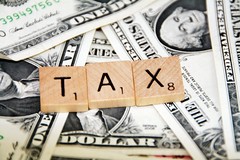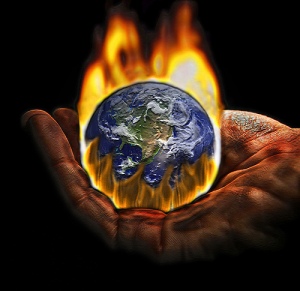
Nativity scene at Sacred Heart Catholic Church, in the historic Barelas neighborhood, Albuquerque, NM, Jan 2008. (Photo credit: Wikipedia)
Black Friday is approaching fast, and with it comes the official start of the Christmas shopping season, which we hope will culminate into a great green Christmas. Now is the perfect time to put into place a game plan to ensure that this hectic time of our lives can proceed as smoothly as possible. Also, with some planning, we can have an enjoyable holiday without disrupting our commitment to live green.
A great place to begin with our holiday planning is in the selection of retailers to shop for holiday foods, gifts and decorations. A good source to make this determination is Newsweek Green Rankings. This website provides several listings, including the greenest retailers in America, the World’s greenest companies, as well as the least greenest companies. Additionally, listings per industry, such as food and tech companies also are provided. In reviewing these entries, the savvy green shopper can see how publically traded companies in the United States are globally rank “based on their actual environmental footprint, and sustainability communications“. These rankings have been produced by Newsweek in collaboration with Trucost and Sustainability, two leading environmental organizations. Making this list is not a matter of choice, and companies cannot opt out of inclusion. These evaluations provide green-minded consumers an excellent resource to make informative decisions on businesses worthy of their dollars.
Perhaps the second largest area of importance to consumers during the holiday season is decorating. Starting with Christmas trees, it is important to remember that there is nothing green about an artificial Christmas tree. Even the color is not natural. Generally, they have been imported from China, and they are made from petroleum-based chemicals and often contain lead. Most importantly, they cannot be recycled. On the other hand, a real Christmas tree provides a beautiful and fragrant decoration for the holiday season, and it can be recycled into mulch or purchased with a ball root that can be planted. Imagine a grove of trees representing past Christmases celebrated by the family. Another point to mention is that the purchase of live trees often can be made from local harvesters, thereby providing economic support to the community.
Tree lights and decorations also are important. This year, please try to use LED lights. They burn 10% of the energy of older incandescent bulbs, and they are safer because they run cooler in temperature. LED lights can be used indoors and outdoors. When purchasing other greenery, try to avoid plastic wreaths and garland because they contain harmful compounds. Visit local nurseries and buy natural products that can be recycled.
When it is time to shop for gifts, try to break out of the box this year. Support local holiday fairs and fair trade bazaars to purchase unique gifts while simultaneously supporting these artisans. With the popularity of online shopping, please consider online gift cards and email Christmas cards. These items reduce the need for paper and transportation for delivery, thus reducing the carbon footprint.
Christmas is a beautiful time to celebrate life and family. It also is an excellent opportunity to recognize the beauty of our Earth and the need to preserve it for future generations. To that end, let’s use this time to renew our commitment to live green, be green.
Sources:
http://www.thedailybeast.com/newsweek/2012/05/08/green-rankings-2012-frequently-asked-questions.html
http://greenliving.about.com/od/thegreenfamily/tp/green_christmas.htm







